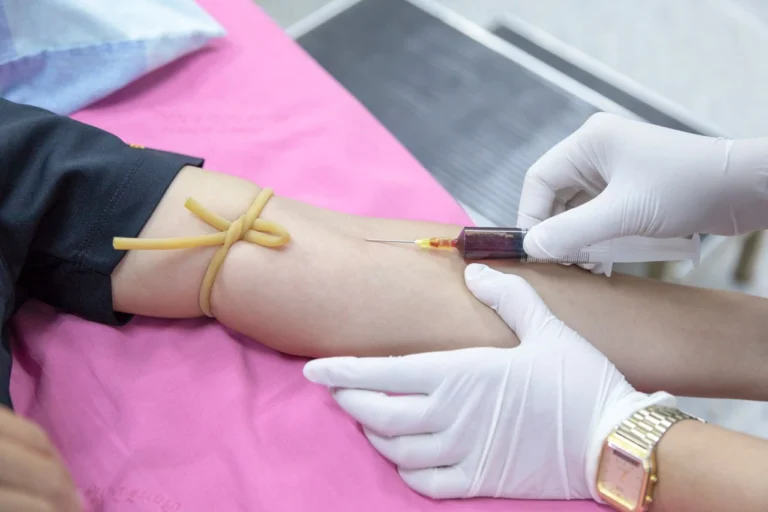Teladoc Health has introduced a groundbreaking technology that combines artificial intelligence (AI) and real-time monitoring to enhance patient safety in hospitals. This innovative solution, known as Virtual Sitter, is designed to help hospital staff detect when a patient is at risk of falling from their hospital bed. The system, unveiled on Monday, is now commercially available, providing healthcare facilities with a powerful tool to prevent falls and reduce the associated risks.
Hospital patients are often at risk of falling due to common, everyday actions. For example, a patient may need to get out of bed to use the bathroom, reach for a cup of water, or pick up a phone to contact a family member. While these activities may seem innocent, they can put patients in a vulnerable position, especially if they are weak, disoriented, or recovering from surgery. According to Teladoc Health, nearly 1 million patients fall in hospitals every year, and approximately 30% of those falls lead to lasting injuries. The need for a proactive solution to address this issue is urgent, and Virtual Sitter aims to fill this gap.
The Virtual Sitter system utilizes advanced AI technology and computer vision to monitor a patient’s movements in real time. By detecting specific movements that may indicate a risk of falling, the system alerts hospital staff when a patient is about to engage in an action that could lead to a fall. The AI is capable of recognizing when a patient moves outside of predefined spatial boundaries, known as the “Bounding Box,” which signals a potential risk. Additionally, Virtual Sitter can distinguish the patient from other people in the room, ensuring that the system is focused solely on the individual under observation. The AI also tracks the patient’s body position, determining whether they are lying down or sitting up, and assesses their limb movements to predict dangerous actions.
One of the key advantages of Virtual Sitter is its ability to enhance hospital staffing efficiency. Typically, a hospital may assign sitters to monitor high-risk patients, but Virtual Sitter allows one trained, nonclinical staff member to remotely monitor up to 25% more patients. This reduces the need for physical sitters, enabling hospitals to allocate their resources more effectively while maintaining patient safety. When the AI system detects a risky movement or when a patient crosses the boundaries of the Bounding Box, it sends an alert to the remote staff member, who can respond immediately to prevent a fall.
The Virtual Sitter technology is designed to work seamlessly with existing hospital systems, enhancing the workflow of medical staff while providing a reliable and proactive approach to patient care. By integrating AI-based movement detection into hospital monitoring, Teladoc Health’s solution offers hospitals a more scalable, cost-effective way to monitor patients and reduce the incidence of falls.
Falls in hospitals can lead to serious complications, including longer recovery times, increased medical costs, and, in some cases, permanent disability. By preventing these falls, Virtual Sitter aims to improve patient outcomes and enhance the overall healthcare experience. With the increasing demand for healthcare solutions that improve patient safety while also optimizing resources, Teladoc Health’s innovative technology represents a promising advancement in hospital care.
In summary, Virtual Sitter combines cutting-edge AI with motion detection to create a smarter, safer hospital environment. By proactively monitoring patient movements, this technology helps prevent falls and ensures that patients receive the care and attention they need in a timely manner. With its ability to detect risky movements and alert staff in real-time, Virtual Sitter is poised to revolutionize the way hospitals approach patient safety, ultimately improving the health and well-being of hospitalized patients.





